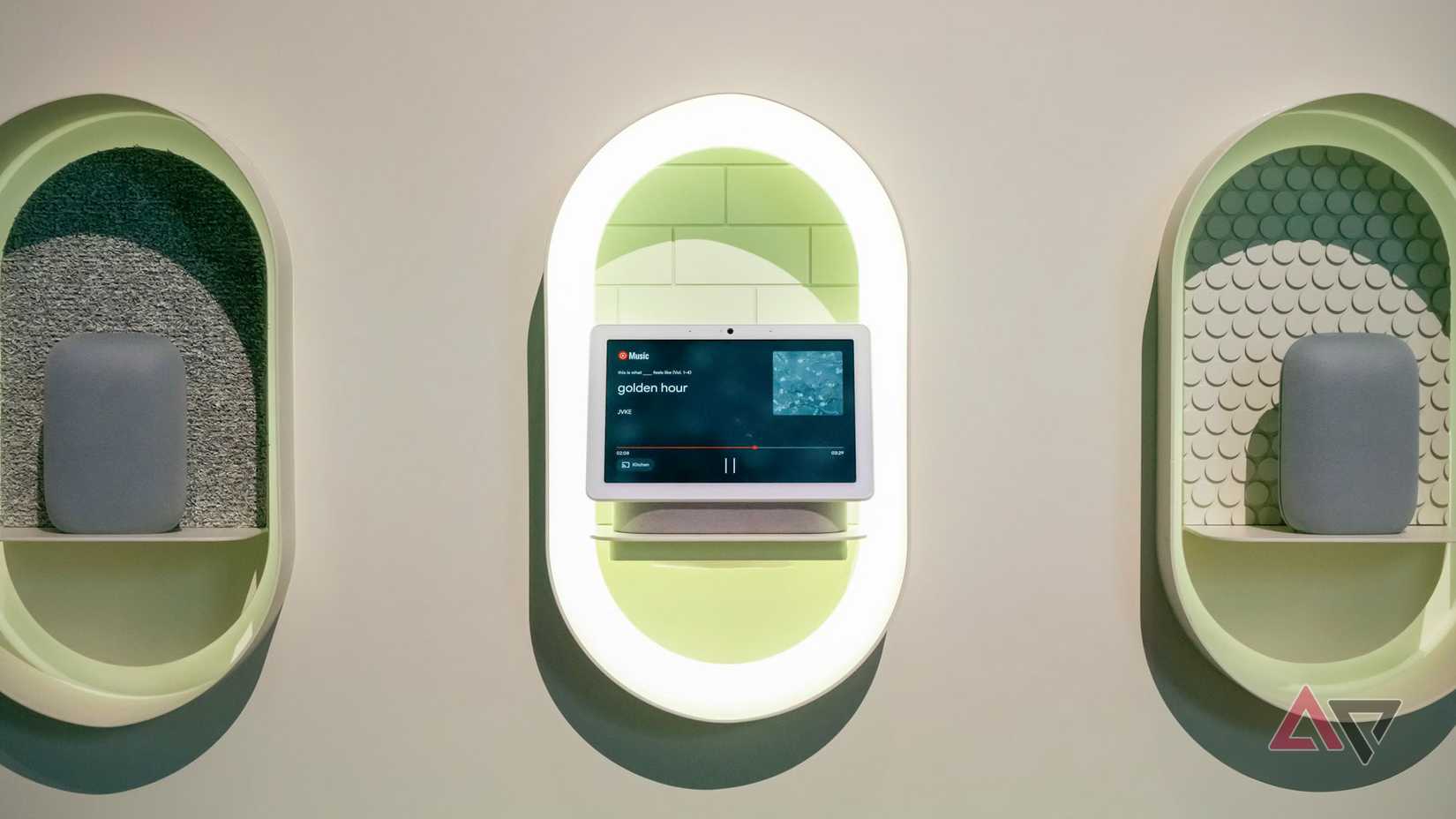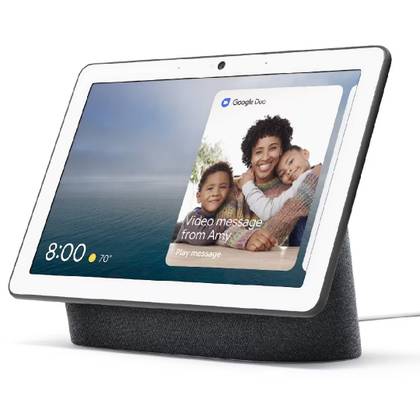Once upon a time, my Google Nest Mini was an expensive egg timer. I’d say, “Hey Google, set a timer for 20 minutes,” and it complied.
I asked it to play a cooking playlist on Spotify or convert ounces to grams, and that was it. I was a smart-home skeptic.
The promise of a seamless, intuitive home kept collapsing into a confusing mix of apps and spotty connections.
As I browsed the Automations and Settings menu one night, I realized my Nest assistant had been underused all this time.
This is a guide to the five little-known features that transformed my Google Nest from a glorified egg timer into the brain of my home, turning me from a skeptic into a true believer.
Using Sunset/Sunrise and Device State for dynamic routines
Most people assume Google Home routines start with phrases like “Hey Google, run good morning.” That’s only one option.
The real power comes from non-voice starters that run automatically based on conditions.
Two of the most useful are Sunrise/Sunset and Device state. Instead of turning lights on at a fixed 6:00 PM, set them to turn on at sunset, which adjusts throughout the year.
Device state lets one device trigger others. You can set automation to start when the smart lock unlocks, the TV powers on, or a motion sensor detects movement.
These links create a cascade of helpful actions, especially morning and evening routines. The first time I turned on my TV after a long day at work, something magical happened.
Without a single command, the living room lights dimmed to a soft 20% glow, and my smart blinds slowly lowered to shut out the remaining daylight.
That was my “aha” moment. I had created a Movie Night routine triggered by the TV turning on, but only if the time was after sunset.
Here’s how to use this feature:
- Open the Google Home app and tap the Automations tab.
- Tap Add and choose Household to create a new routine.
- Under Starters, tap Add starter and select Sunrise/sunset.
- Choose your trigger, location, and an offset if you like (for example, 15 minutes before sunset).
- Tap Add action to choose what you want to happen, like turning on your porch lights.
- Tap Save.
Letting routines follow your daily comings and goings with presence sensing
This is a set-and-forget feature. Home and Away routines use your phone’s location and signals from Nest devices to detect whether anyone is home.
When the last person leaves, the Away routine runs. When the first person returns, the Home routine runs.
Presence sensing is designed with privacy in mind. It does not track your movements. The only thing that matters is whether you cross the home’s geofence.
I remember being late for a meeting, flying out the door, and having that sinking feeling halfway down the highway. Did I leave the AC on? Did I forget to lock the door?
Just as those questions crossed my mind, my phone buzzed with a notification from the Google Home app that read “Away routine started.”
The lights had switched off, the door was locked, and the AC was set to Eco mode. The relief was immense.
Here’s how to use this feature:
- In the Google Home app, tap Settings.
- Select Presence sensing.
- Turn on Allow this home to use phone locations. You’ll be prompted to confirm your home address.
- Encourage other household members to do the same on their phones for the best results.
- Go to the Automations tab and customize the Home and Away routines to fit your desired actions.
How to broadcast messages to specific rooms
Everyone knows the broadcast feature, which sends your message to every speaker in the house. But it can be much more nuanced than that.
If you prefer voice control, say “Hey Google, move the music to the…” while the audio plays, and it will transfer to your chosen speaker.
If you’d rather use the app, open the Google Home app and look for the media player bar at the bottom. Tap the bar, tap the Cast icon, and select the speaker or group of speakers where you want the audio to play.
Building advanced routines with custom YAML scripts
If the standard routine builder is like using pre-set photo filters, the Script Editor is like opening up Photoshop.
The editor, available in Google Home for the web and in the app’s Public Preview, lets you write YAML automations.
This is region-dependent and currently limited, as wide user access may not be available to all.
It supports complex conditional logic that the standard routine builder cannot handle. Take complex automation, for example.
Turn on the fan IF the temperature is above 75 degrees AND it’s after 1 PM, BUT NOT if the Away routine is active.
This level of granular control is impossible with the standard interface. With the Script Editor, a few lines of YAML solved it.
Here’s how to use the editor:
- Since it’s in public preview, you may need to register within the Google Home app settings first.
- On a computer, go to home.google.com/automations.
- Click Add new to open the editor.
- Start with one of Google’s many example scripts and modify it.
The editor has an auto-complete feature that helps you find the right device names and commands, making it much less intimidating than it sounds.
You can also use an AI chatbot like ChatGPT or Gemini to help you code automations and debug your code.
Adding an extra layer of security with sound detection alerts
Nest speakers and displays can use built-in microphones to detect the acoustic patterns of smoke alarms, carbon monoxide alarms, and breaking glass.
This is not a replacement for a monitored security system and cannot contact emergency services. It does, however, require a Nest Aware subscription.
When a critical sound is detected, you get a notification with an audio clip so that you can decide what to do next.
Here’s how to use it:
- You must have an active Nest Aware subscription.
- In the Google Home app, tap Settings, then tap Subscriptions.
- Select Nest Aware, then tap Sound detection.
- Toggle on the sounds you want your devices to listen for.
- Choose which of your speakers and displays you want to make available for listening.
Bonus: The hidden networking feature inside your Nest Hub
Your Nest Hub doubles as a Thread Border Router, one of its most useful yet hidden features.
A Thread Border Router bridges your Wi-Fi and Thread, the low-power wireless network designed specifically for smart home devices.
Instead of routing everything through Wi-Fi, Thread lets compatible gadgets — like smart locks, lights, and sensors — talk directly to each other in a fast, reliable mesh.
The Hub quietly manages this connection in the background, so you don’t need to buy an extra hub or configure anything.
Look for the Matter logo on the box when shopping for new smart home gadgets. Your Nest Hub is already waiting to welcome them home.
- Dimensions
-
4 x 9.8 x 7.2 in.
- Weight
-
2.9lbs
- Connectivity
-
Bluetooth, Wi-Fi
- Integrations
-
Google Assistant, Nest, Arlo, Hue, SmartThings, Wink






… [Trackback]
[…] Info on that Topic: geeksforgeeks.org/5-hidden-google-nest-features-that-finally-made-me-a-believer/ […]